Home>Articles>How Much Does It Cost To Replace A Radiator Fan
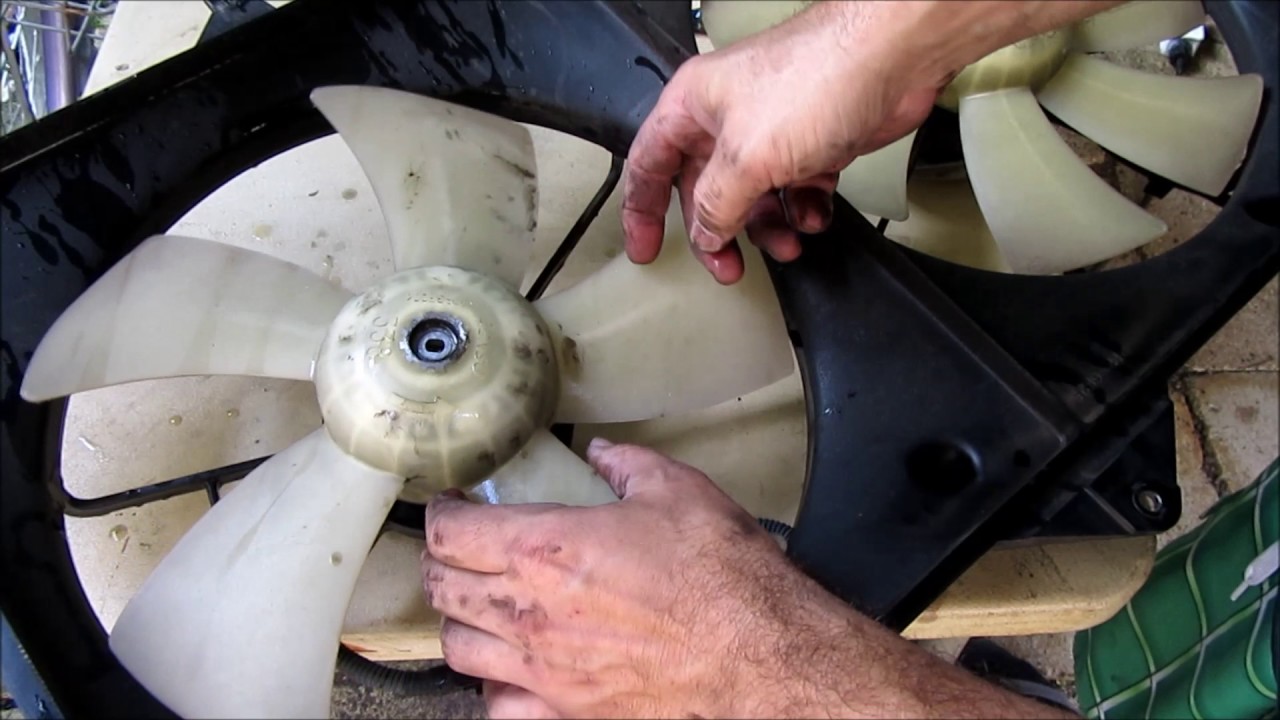

Articles
How Much Does It Cost To Replace A Radiator Fan
Modified: May 6, 2024
Discover the average cost of replacing a radiator fan in this informative article. Get insights, tips, and expert advice on radiator fan replacement.
(Many of the links in this article redirect to a specific reviewed product. Your purchase of these products through affiliate links helps to generate commission for Storables.com, at no extra cost. Learn more)
Introduction
When it comes to the cooling system of your vehicle, the radiator fan plays a crucial role in maintaining optimal engine temperature. A faulty radiator fan can lead to overheating and potential engine damage. If you’ve noticed signs of a malfunctioning radiator fan, such as frequent overheating or unusual noises, it’s important to address the issue promptly to avoid further complications.
In this article, we will explore the signs that indicate a faulty radiator fan, the different types of radiator fans available, the factors that can affect the cost of radiator fan replacement, and the average cost you can expect to pay. We will also discuss whether it is more cost-effective to replace the radiator fan yourself or hire a professional.
By understanding these key points, you will be equipped with the knowledge necessary to make an informed decision about replacing your radiator fan and ensure the longevity and efficiency of your vehicle.
Key Takeaways:
- Regularly monitoring and addressing signs of a faulty radiator fan, such as overheating and unusual noises, is crucial to prevent engine damage and costly repairs. Prioritize prompt attention to cooling system issues for optimal vehicle performance and longevity.
- When considering radiator fan replacement, weigh the advantages and considerations of DIY versus professional replacement. Whether opting for cost savings or expertise, prioritize the safety and reliability of your vehicle’s cooling system for a smoother driving experience and potential long-term cost savings.
Read more: How Much Does Radiator Repair Cost
Signs that Indicate a Faulty Radiator Fan
The radiator fan is responsible for cooling the engine by drawing air through the radiator to dissipate heat. When the fan malfunctions, it can lead to increased engine temperature, which may result in issues such as engine overheating and potential damage. To prevent these problems, it’s important to be aware of the signs that indicate a faulty radiator fan:
- Engine overheating: One of the most common signs of a faulty radiator fan is frequent engine overheating. If you notice that your vehicle’s temperature gauge is consistently higher than normal or if steam starts coming out from under the hood, it’s a clear indication that the radiator fan is not functioning properly.
- Unusual noises: A faulty radiator fan may produce strange noises when it is running. This can include grinding, squeaking, or whirring sounds. If you hear any unusual noises coming from the engine area, it’s advisable to have your radiator fan inspected.
- Erratic temperature fluctuations: Another sign of a faulty radiator fan is when you experience erratic temperature fluctuations. You may notice that the temperature gauge goes from normal to high and then back down to normal without any apparent reason. This indicates that the radiator fan is not consistently cooling the engine.
- Visible damage: Inspect the radiator fan visually. Look for any signs of physical damage, such as bent or broken blades. Physical damage can hinder the fan’s ability to cool the engine effectively.
- Fan not turning on: If the radiator fan does not turn on at all, even when the engine temperature is high, this is a clear sign of a malfunction. In this case, it’s important to have the fan system checked to determine the cause of the problem.
If you experience any of these signs, it’s crucial to address the issue promptly. Ignoring a faulty radiator fan can lead to severe engine damage and costly repairs. Contact a qualified mechanic or automotive professional to diagnose the problem and recommend the necessary steps for repairing or replacing the radiator fan.
Types of Radiator Fans
There are several types of radiator fans available that provide efficient cooling for your vehicle’s engine. Understanding the different types can help you choose the right fan for your needs. Here are the most common types of radiator fans:
- Mechanical Fans: Mechanical fans, also known as clutch fans, are driven by the engine’s crankshaft through a fan clutch. These fans are commonly found in older vehicles and rely on the engine’s power for operation. The fan clutch engages or disengages based on the engine temperature, allowing the fan to spin faster or slower as needed.
- Electric Fans: Electric fans are becoming increasingly popular and are found in many modern vehicles. These fans are powered by an electric motor and can be controlled by a thermostat or a fan relay. Electric fans offer greater control over the cooling process, as they can be activated independent of the engine’s RPM. They are also more energy-efficient and provide better cooling performance.
- Dual Fans: Dual fans consist of two electric fans arranged side by side. They provide enhanced cooling capabilities and are commonly used in high-performance vehicles or vehicles that require additional cooling power, such as towing vehicles or vehicles with aftermarket modifications.
- Flex Fans: Flex fans are a hybrid between mechanical and electric fans. These fans feature flexible blades that flatten out at high RPMs to reduce drag and increase cooling efficiency. At low RPMs, the blades flex and generate greater airflow. Flex fans are commonly used in racing applications where high-speed cooling is crucial.
- Slim Fans: Slim fans, also known as low-profile fans, are designed to fit in tight spaces where clearance is limited. They are commonly used in vehicles with limited engine bay space or aftermarket cooling setups. Slim fans provide adequate cooling while being compact and lightweight.
Each type of radiator fan has its advantages and disadvantages, so it’s important to consider factors such as your vehicle’s cooling requirements, available space, and budget when choosing the right fan for your needs. Consulting with a qualified mechanic or automotive professional can help you make an informed decision and ensure that you select the most suitable fan for your vehicle.
Factors Affecting the Cost of Radiator Fan Replacement
Several factors can influence the cost of replacing a radiator fan. Understanding these factors can help you estimate the expenses involved and plan your budget accordingly. Here are the key factors that can affect the cost of radiator fan replacement:
- Type of fan: The type of radiator fan you choose can impact the cost of replacement. Electric fans, for example, tend to be more expensive than mechanical fans due to their advanced technology and greater cooling efficiency.
- Brand and quality: The brand and quality of the radiator fan can also affect the cost. Opting for a reputable and reliable brand may come with a higher price tag, but it can offer better durability and performance in the long run.
- Vehicle make and model: The make and model of your vehicle can influence the cost of radiator fan replacement. Some vehicles have more complex cooling systems or require specific fan sizes, which may be more expensive to replace.
- Labor costs: The cost of labor for the replacement will vary depending on your location and the mechanics you choose. Labor costs can differ significantly between different service providers, so it’s recommended to obtain multiple quotes to compare prices and find the best deal.
- Additional parts and accessories: In some cases, replacing the radiator fan may require additional parts or accessories, such as fan shrouds, mounting brackets, or wiring harnesses. These extra components can add to the overall cost of the replacement.
- Warranty: Some radiator fans come with a warranty, which can impact the cost. Fans with longer warranty periods may be priced higher due to the added protection and peace of mind they offer.
It’s important to keep in mind that the cost of radiator fan replacement can vary significantly depending on these factors. It’s recommended to do thorough research, compare prices from different suppliers and mechanics, and consider the specific requirements of your vehicle to get an accurate estimate of the total cost.
Additionally, be cautious of extremely low-priced radiator fans, as they may be of inferior quality and may not provide adequate cooling or durability. Investing in a reliable and high-quality radiator fan may result in long-term cost savings by reducing the risk of future replacements and potential engine damage.
Average Cost of Replacing a Radiator Fan
The cost of replacing a radiator fan can vary depending on various factors, as discussed earlier. However, it is helpful to have a general idea of the average cost you can expect to pay for a radiator fan replacement. Keep in mind that these figures are approximate and can vary depending on your specific vehicle and location.
On average, the cost of replacing a radiator fan can range from $200 to $600. This cost includes both the parts and labor involved in the replacement. The price may be lower if you opt for a mechanical fan or a basic electric fan, while it can be higher for more advanced electric fans or specialized fans for certain vehicle models.
Here is a breakdown of the average cost of radiator fan replacement:
- Parts: The cost of the radiator fan itself can range from $100 to $400, depending on the type of fan, brand, and quality. Additional components, such as fan shrouds or mounting brackets, can add to the overall cost.
- Labor: The labor costs for replacing a radiator fan can vary between $100 and $200, depending on the complexity of the installation and the hourly rates charged by the mechanic. Keep in mind that this is an average estimation, and labor costs can differ between different service providers.
It’s important to note that these figures are an average estimation and can vary depending on several factors, including your vehicle’s make and model, the specific requirements of the replacement, and the local market conditions. Obtaining multiple quotes from different mechanics or service providers can give you a more accurate estimate for your specific situation.
Lastly, it’s worth considering whether your vehicle is still under warranty. Sometimes, radiator fan replacements may be covered by the manufacturer’s warranty, which can significantly reduce or even eliminate the cost of replacement. Check your warranty documentation or contact your vehicle manufacturer to determine if this applies to your situation.
By understanding the average cost of replacing a radiator fan, you can better plan your budget and make informed decisions regarding the maintenance and repair of your vehicle’s cooling system.
When replacing a radiator fan, the cost can vary depending on the make and model of your vehicle. On average, the cost can range from $200 to $500, including parts and labor. It’s best to get a few quotes from different mechanics to ensure you’re getting a fair price.
Read more: How Much Does It Cost To Replace A Sink
DIY vs Professional Replacement
When it comes to replacing a radiator fan, you have the option to either tackle the job yourself or hire a professional mechanic to handle the replacement. Each approach has its pros and cons, and it’s important to consider various factors before making a decision.
DIY Replacement
Replacing a radiator fan yourself can be a cost-effective option if you have the necessary knowledge, skills, and tools. Here are some advantages and considerations for a DIY replacement:
- Cost savings: By doing the replacement yourself, you can save on labor costs and potentially find more budget-friendly options for the parts.
- Learning experience: If you enjoy working on your vehicle and want to enhance your automotive knowledge, replacing the radiator fan yourself can be a valuable learning experience.
- Flexibility: DIY replacement allows you to work at your own pace and according to your schedule.
- Possible challenges: It’s important to consider your skill level and comfort with working on the cooling system of your vehicle. Replacing a radiator fan may require certain tools and specialized knowledge, and certain vehicles may have more complex installations that can be challenging for DIYers.
- Warranty implications: If your vehicle is still under warranty, performing a DIY replacement may void the warranty. Make sure to check your warranty documentation to understand the implications before proceeding.
Professional Replacement
Hiring a professional mechanic to replace the radiator fan offers its own set of advantages and considerations:
- Expertise and experience: Professional mechanics have the knowledge, skills, and experience to efficiently and accurately perform the replacement. They are familiar with the specific requirements of different vehicle models and can ensure proper installation.
- Time and convenience: With a professional replacement, you can save time and effort by letting an expert handle the job. You won’t have to research or worry about the technical aspects of the replacement.
- Warranty protection: If your vehicle is still under warranty, having a professional replace the radiator fan ensures that the warranty remains intact.
- Potential higher cost: Hiring a professional for the replacement will come with labor costs, which can increase the overall expense. Additionally, professional mechanics may charge higher prices for parts compared to purchasing them on your own.
Ultimately, the decision between DIY and professional replacement depends on factors such as your skill level, comfort with automotive tasks, the complexity of the job, available time, and your budget. If you are unsure or hesitant about performing the replacement yourself, it’s always advisable to consult with a professional to ensure a proper and hassle-free installation.
Regardless of your choice, it’s crucial to prioritize the safety and reliability of your vehicle’s cooling system. Regular maintenance and prompt replacement of a faulty radiator fan are essential to prevent engine damage and maintain optimal performance.
Conclusion
The radiator fan is a critical component of your vehicle’s cooling system, responsible for maintaining the engine’s optimal temperature. If you notice signs of a faulty radiator fan, such as frequent overheating or unusual noises, it’s important to address the issue promptly to avoid further damage and costly repairs.
In this article, we discussed the signs that indicate a faulty radiator fan, the different types of radiator fans available, the factors influencing the cost of replacement, and the average cost you can expect to pay. We also explored the DIY versus professional replacement options.
By being aware of these factors and considering your specific needs and circumstances, you can make an informed decision about replacing your radiator fan. Whether you choose to tackle the replacement yourself or hire a professional, it’s crucial to prioritize the safety and reliability of your vehicle’s cooling system.
Remember, regular maintenance and prompt attention to cooling system issues are key to preventing engine damage and ensuring your vehicle’s longevity. If you are unsure or uncomfortable with performing the replacement yourself, it’s always recommended to consult with a professional mechanic or automotive expert.
By taking proper care of your radiator fan and cooling system, you can enjoy a smoother and more efficient driving experience while avoiding costly repairs down the road. Stay vigilant, listen to your vehicle, and address any radiator fan issues promptly to keep your engine cool and your vehicle running at its best.
If you're sweating over a malfunctioning radiator fan, fret not! Mastering DIY fixes could save you money and extend your radiator's lifespan. Interested in learning how to tackle these issues yourself? Our next piece, focused on radiator repair, provides step-by-step instructions on how to fix a radiator fan. This guide is filled with practical advice to help you cool down those overheating engines without breaking a sweat or the bank.
Frequently Asked Questions about How Much Does It Cost To Replace A Radiator Fan
Was this page helpful?
At Storables.com, we guarantee accurate and reliable information. Our content, validated by Expert Board Contributors, is crafted following stringent Editorial Policies. We're committed to providing you with well-researched, expert-backed insights for all your informational needs.



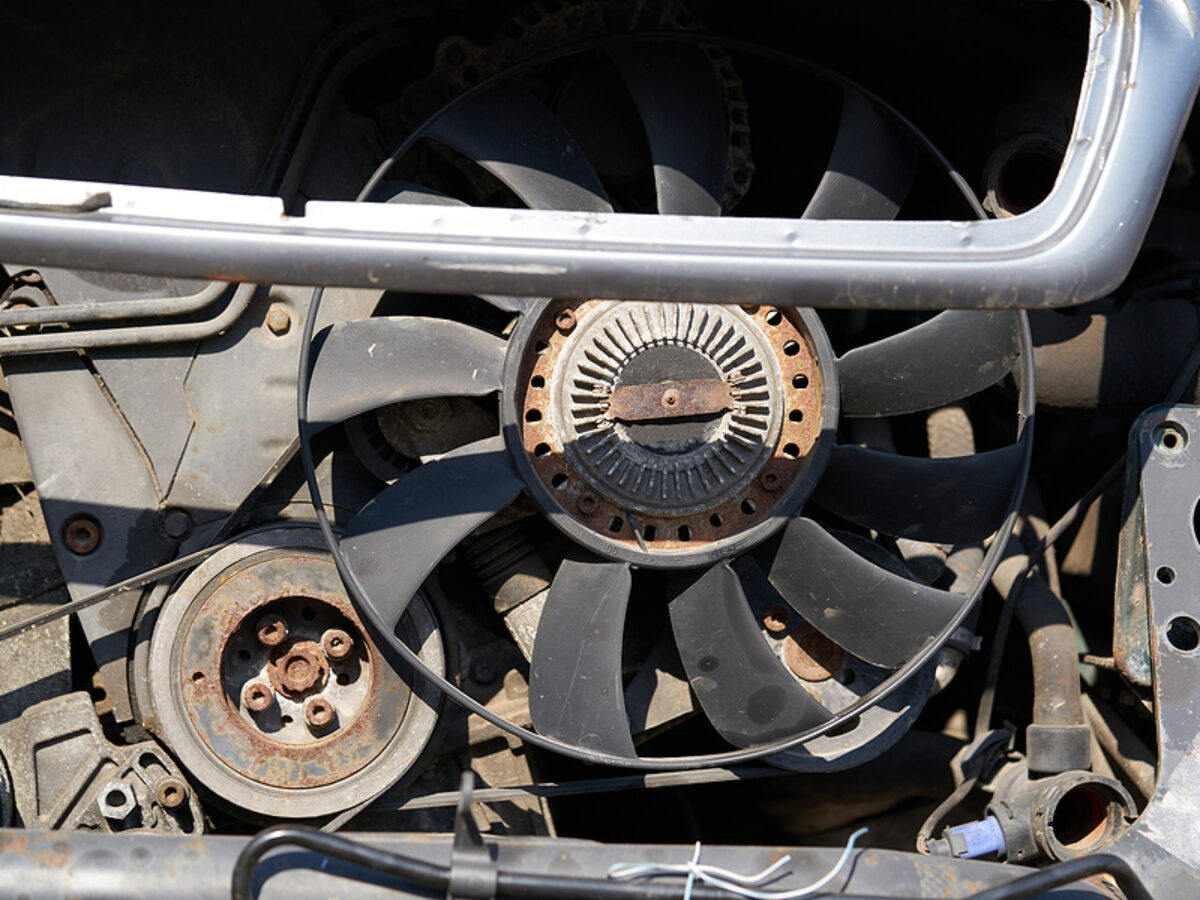

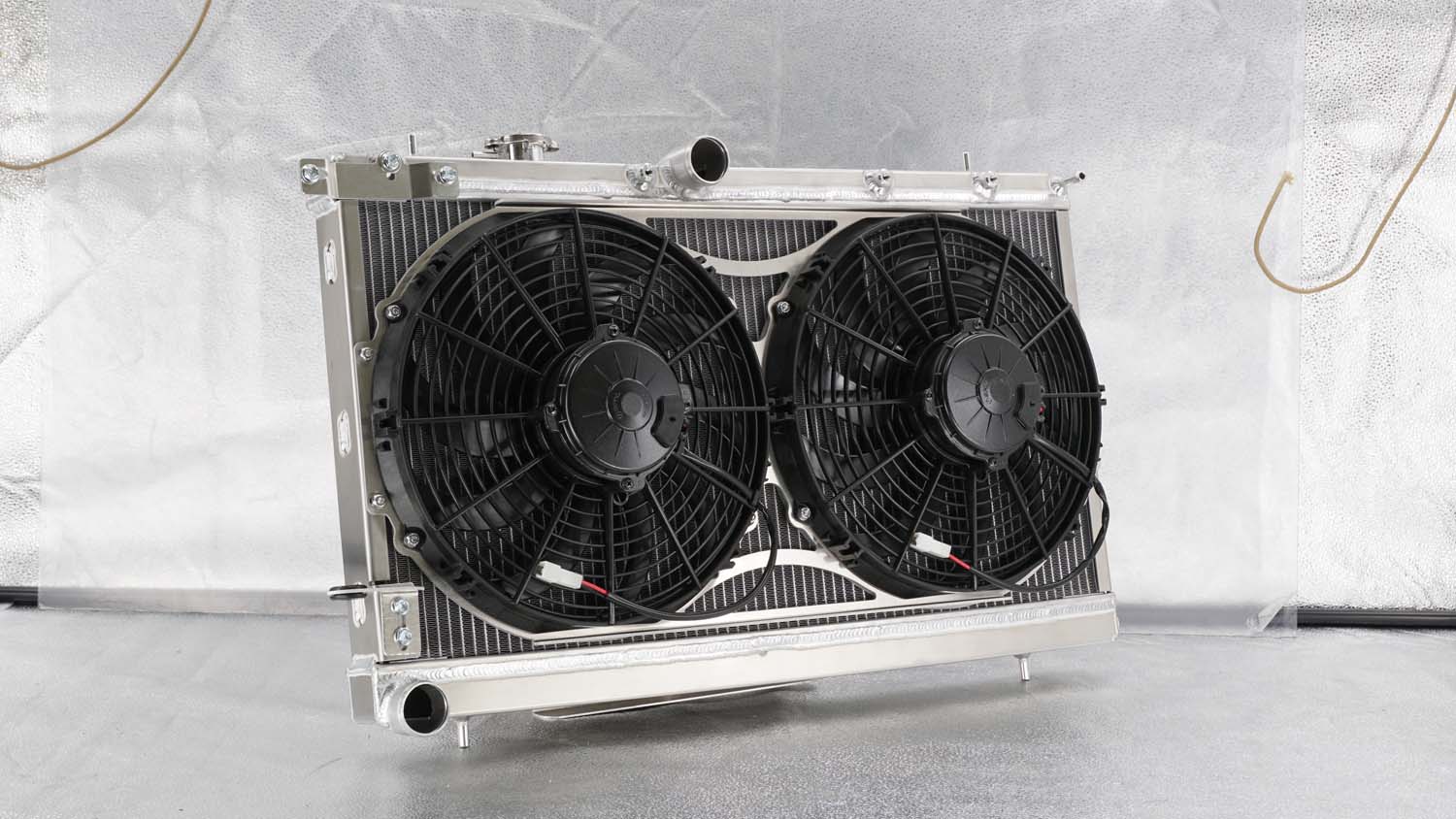




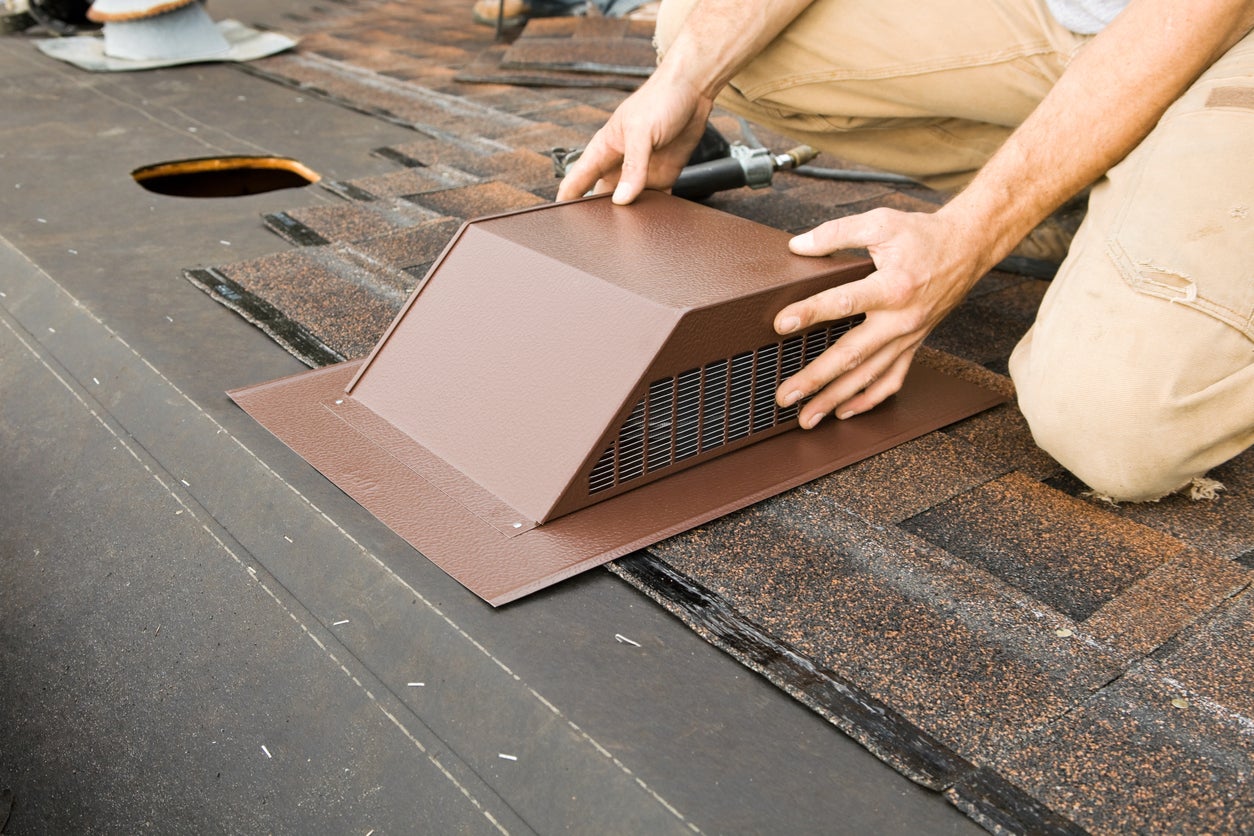


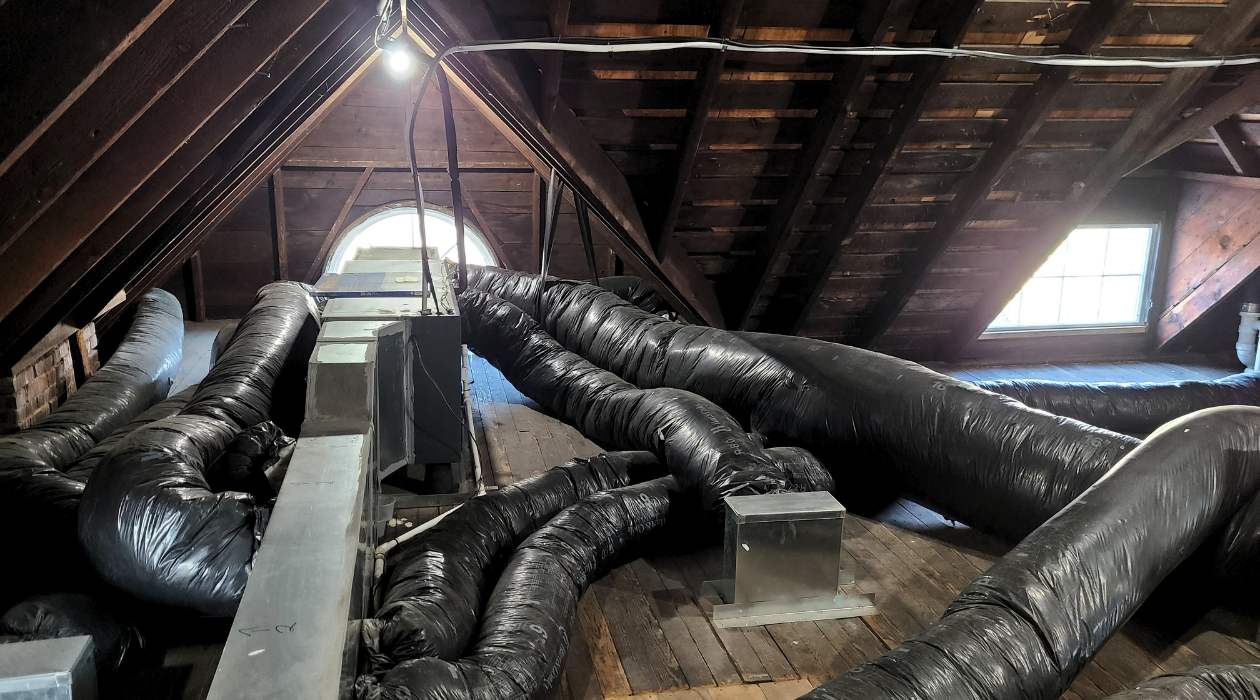

0 thoughts on “How Much Does It Cost To Replace A Radiator Fan”